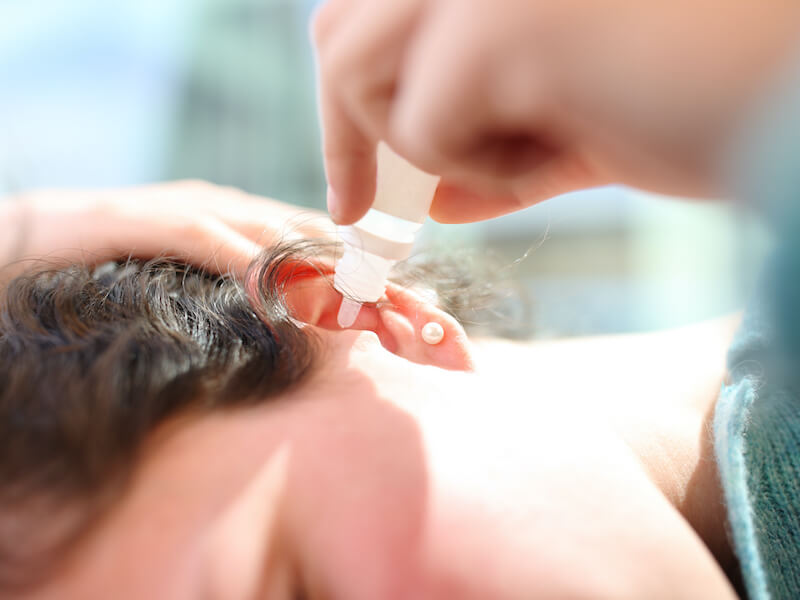
When you take a shower, always remember to clean your ears. Whenever you say that, you inevitably use your “parent voice”. Perhaps when you were a child you even remember your parents telling you to do it. That’s the kind of memory that can remind you of simpler times as you wrap yourself in the nostalgia of childhood.
But it’s also great advice. Uncontrolled earwax buildup can cause a significant number of issues, particularly for your hearing. And on top of that, earwax can harden up inside your ear and become really hard to clean. Bottom line, you’ll be best off keeping those ears clear.
Excessive earwax? Eww!
Earwax is, well, kind of gross. And we’re not going to try to change your mind about that. But earwax does serve a purpose. Earwax is made by glands in your ears and is then pushed out when you chew in order to keep your ears free of dust and dirt.
Essentially, the ideal amount of earwax can help keep your ears healthy and clean. However counterintuitive it seems, the truth is that earwax itself isn’t a sign of bad hygiene.
The problems begin when your ears generate too much earwax. And it can be somewhat challenging to know if the amount of earwax being created is healthy or too much.
What is the impact of excess earwax?
So, what develops as a consequence of accumulated earwax? There are numerous problems that could arise as a result of out-of-control earwax or earwax that builds up over time. Here are a few:
- Tinnitus: When you hear buzzing and ringing that isn’t actually there, you’re usually dealing with a condition known as tinnitus. Earwax accumulation can cause tinnitus symptoms to worsen or to appear.
- Dizziness: Your ability to maintain balance depends greatly on your inner ear. You can suffer from bouts of dizziness and balance issues when your inner ear is having trouble.
- Infection: Excessive earwax can lead to ear infections. If fluid builds up, it can become trapped behind plugged earwax.
- Earache: An earache is one of the most prevalent signs of excess earwax. Sometimes, it doesn’t hurt that bad, and other times it can hurt a lot. This is usually a result of the earwax producing pressure someplace it shouldn’t.
This list is only the beginning. Neglected earwax can cause painful headaches. If you use hearing aids, excess earwax can interfere with them. This means that you might think your hearing aids are having problems when the real problem is a little bit too much earwax.
Can your hearing be impacted by earwax?
Well, yes it can. Hearing loss is one of the most prevalent issues connected to excess earwax. When earwax accumulates in the ear canal it produces a blockage of sound causing a kind of hearing loss known as conductive hearing loss. Your hearing will usually go back to normal after the wax is cleared out.
But there can be long-term damage caused by excess earwax, especially if the buildup gets extreme enough. And tinnitus is also usually temporary but when earwax blockage persists, long-term damage can cause tinnitus to become an enduring condition.
Prevention, treatment, or both?
It’s a good idea to keep track of your earwax if you want to safeguard your hearing. In many circumstances, earwax buildup is caused not by excessive production but by incorrect cleaning (for example, blockage is frequently caused by cotton swabs, which will press the earwax further in instead of removing it).
Frequently, the wax has become hardened, dense, and unmovable without professional help. The sooner you get that treatment, the sooner you’ll be able to hear again (and the sooner you’ll be able to start cleaning your ears the right way).
References
https://my.clevelandclinic.org/health/diseases/14428-ear-wax-buildup–blockage